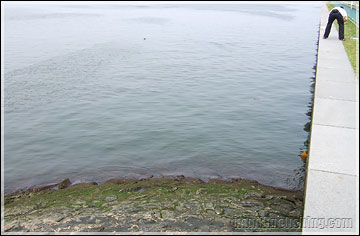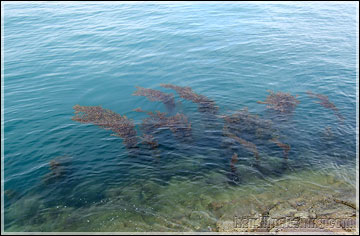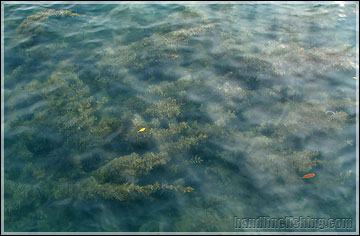
Squid Fishing
Squid Fishing, also known as Eging is popular among local anglers especially those who are interested in artifical lures. There are several ways to catch squid and cuttlefish; all of which can be pretty interesting. The three main types of squid fishing found locally are: Netting with lighting aid, baiting and use of artificial lures.
Live squids are excellent baits for surfcasting and deep offshore fishing during night time. Being able to catch the squids live for fishing gives angler a marginally high advantage over using other types of baits. Therefore it makes it worthwhile for many anglers to bring the necessary bulky equipments for catching squids on their fishing trips.
Before we go into the different types of squid fishing, let's look at some of the common characteristics and behaviour of squids and cuttlefish.
- They can swim forward and backwards, but only thrust backwards for fast movement
- They attack prey in forward motion using flippers on the side of their bodies
- Use of tentacles to wrap prey and suction cups to hold prey
- Has powerful beak-like mouth that can chew through shells
- Ability to stay motionless and camouflage with the environment
- They often follow the jig back to the surface and hesitate to bite
- They are attract to light during the night
- They will attack your bait during fishing
- Cuttlefishes are easier to catch than squids as they are more greedy
- Squids like to hide in dark places with structures and covers
- Places such as under jetties or seaweed
- Can be found deep or shallow
- Can be found in groups or solitary
Netting with lighting aid
[To be covered at a later date ]
Baiting
[To be covered at a later date ]
Artificial Lures/Jigs
Artificial squid jigs are available in many different colours and textures but most will take the form of a shrimp and will have different degrees of illuminance at night. They are widely available at tackleshops all over Singapore, and even sold in NTUC where tackles are sold.
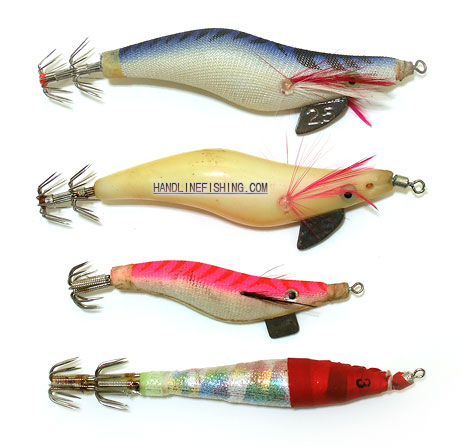
Luring Techniques
Constant Retrieval
Usage: Shallow waters / Near surface, along shores
This method is the easiest and works pretty well, simply cast and retrieve constantly. Make sure you allow appropriate amount of time for the jig to sink into required depth before you start reeling back. Keep a look out on the jig returning as you may often find squids following the jig back but not taking it.
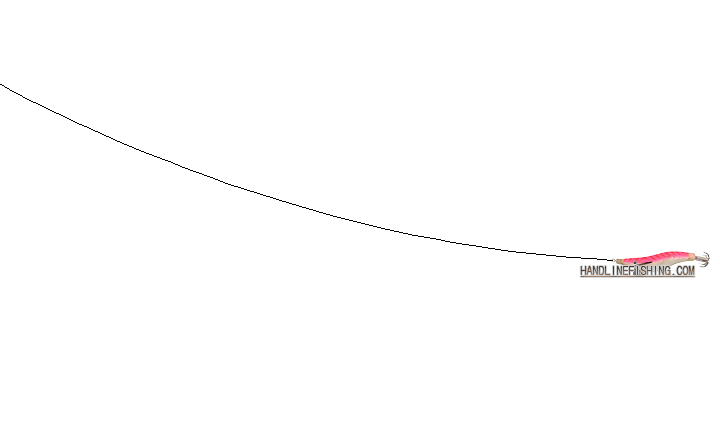
Retrieve with pauses
Usage: Surface to mid waters, along shores
This method is similar to the constant retrieve except having pauses at interval during the retrieval. This will cause the jig to move in a vertical zigzag motion. It is an alternative to constant retrieval if the squid is hesitant in biting. This method requires slightly more water depth to allow the pause, also be aware when the jig is free falling as it gets closer to getting snagged to the bottom.
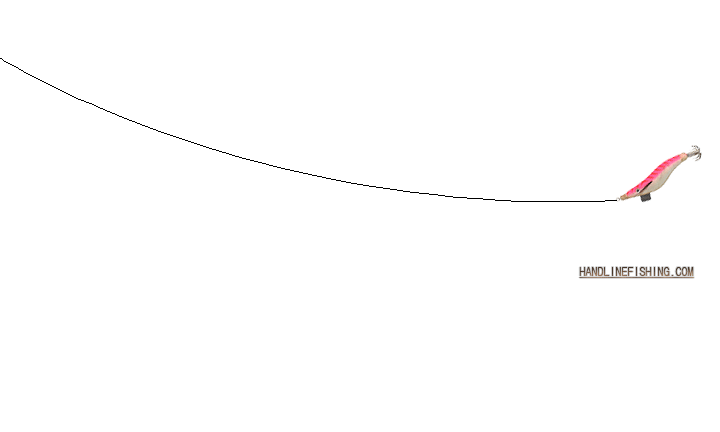
Deep luring
Usage: For reach bottom of deeper waters, typically jetties and offshore. Also used to aid sinking during strong currents or windy conditions.
Use this technique requires additional weights to bring the artificial jig closer to the bottom of the sea bed. The weight is tied about 1 foot away from the jig and is slowly lowered into the water. Dropping it too fast may cause the jig to wrap around the mainline.
The weight will reach the bottom first, so you have enough time to pull back the jig to prevent snags. Work the jig up and down close at bottom to mid water level slowly, with pauses at the intervals to encourage the squid to bite. If you are fishing at the jetty, it might be wise to move around and try fishing near pillars to yield better results.
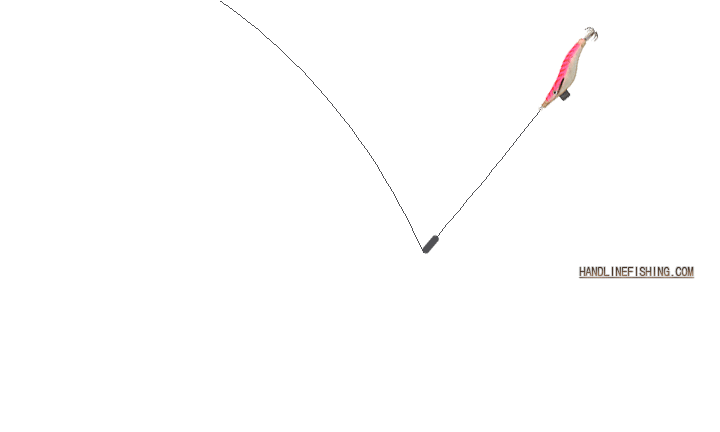
When the squid and cuttlefish strikes
Squids and cuttlefish can strike anytime while the artificial lure is being worked depending on the mood and aggressiveness of the squid. Those that hit during retrieval are very likely to successful hookups while those hit while the jig is stationary or during sinking may have slightly less success in hookups. This is because the squid has more opportunity to observe the lure and they often will will attack the lure from its side instead of the back where the hook is.
If you know or is able to see that the squid attacking the lure from its side, you can either try to shake it loose(without spooking it) for it to reattempt in attacking the lure again; or you can give a few sharp twitches in attempt to hook the squid. But if the twitches misses and tears the flesh, the squid will be spooked and retreat.
In all cases when a squid or cuttlefish strike, giving it hard tug to set the hook is a bad idea unlike the execution for setting hook for fish. This is because the flesh of the squid is very soft and tear easily and more often, only small parts of the squid like its tentacles are hooked. Drag of the reel shouldn't be set too high as well.
When there is a squid on the other end, you should continue retrieving gradually. If the squid resists forcefully, stop retrieving and maintain the line taut till the squid's resistance subside. If when you're fishing very close to structures and covers where snags are likely, you may want to be a little more aggressive in retrieving back.
Places to fish for squids and cuttlefish
Although most squids are more active during the night, you can still catch them during the day using artificial lures or use of bait. You can typically find them nears shores that are rocky or with seaweed that provides them with cover. Cuttlefishes are more widely spread and will dwell anywhere, and are more commonly found in places with marine clay. Aside from overfishing and high chance of getting a snag, jetties are infact very good places to hunt for squids.
Here's are some common characteristics of places that can inhabit squids:
created 09 February 2007
|


